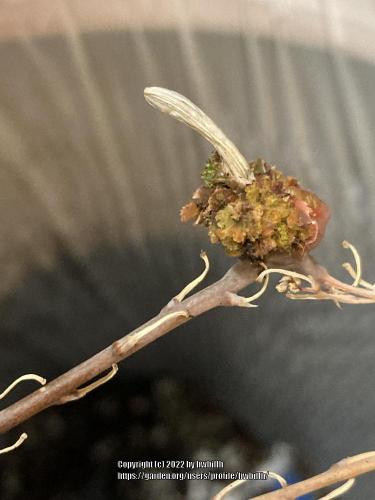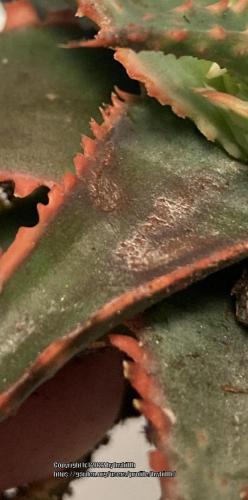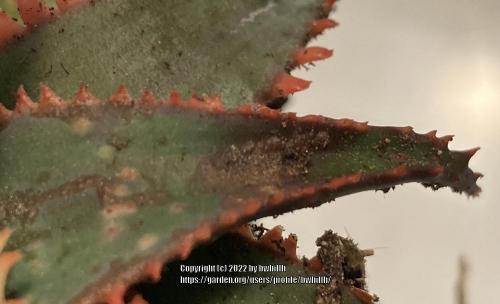So I noticed the same looking thing on my indoor purple haze aloe after it finished blooming - I assume its the same thing, it looks very similar. Will only aloes be affected by this mite? Or will it attack Haworthia's, Gasteria's, etc... I went on ahead and disposed of the aloe as much as I hated to do that and a few other smaller aloes that were close by because the leaves on them have some strange patches of growth (I thought it may have been damaged from when I got the plant).
How long will it take to start seeing anything on other plants?
Thanks Bill





